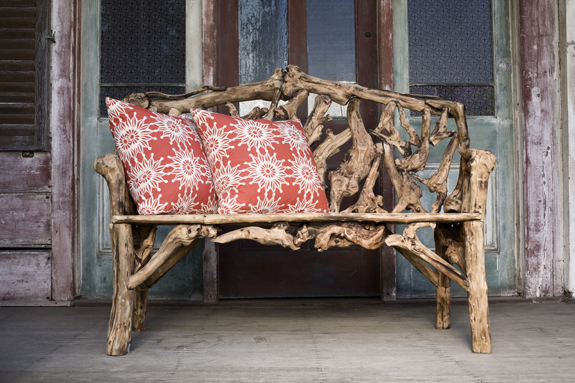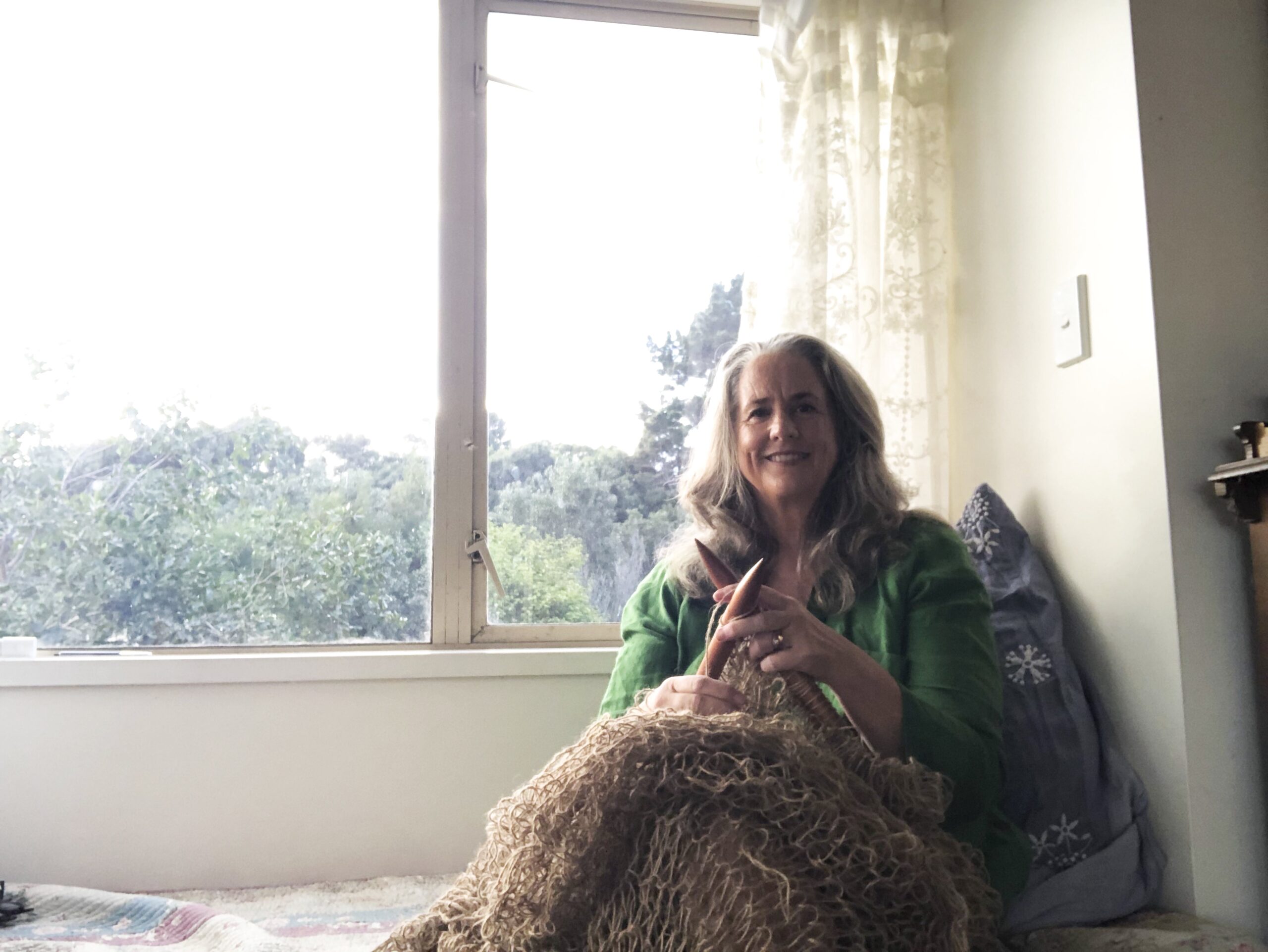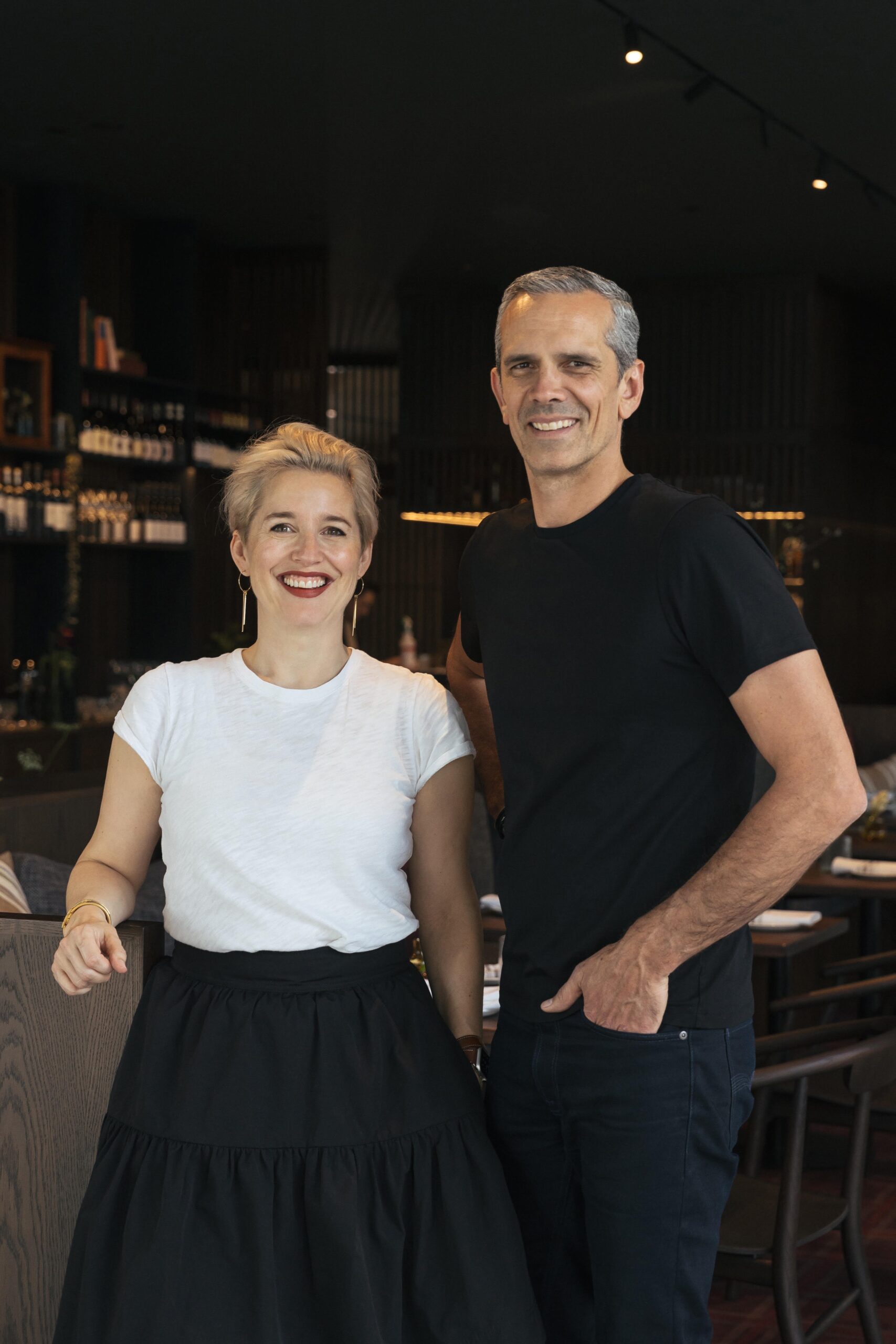Waste happens when we get rid of stuff before it’s reached the end point of its usefulness. But surely there’s a better way?
Waste happens when we get rid of stuff before it’s reached the end point of its usefulness. But surely there’s a better way?
Once waste is created, we can hide it, destroy it, or transform it into something useful. The first two approaches aren’t working so well these days, so increasingly, we need to get to grips with the last option. For this to be a workable solution, we need the end result to look cool and new – otherwise we’ll end up feeling like the world has become one big rubbish tip after all.
A good example of this is Wellington Coffee Roasters, where staff wear coffee sacks on their heads in the form of rather natty little trilbies. Recycling clothing makes lots of sense, and has been happening ever since Mrs Ug used a flint to cut up Mr Ug’s old cave-bear windcheater to use as a baby blanket. But why stop there?
If you’ve sat in a local Starbucks recently you may have noticed (or not) that the seat covers of many of the chain’s comfiest chairs have been upholstered with WoJo. This fabric is made using a blend of Starbucks coffee sacks and pure New Zealand wool. Encouragingly, both the hat and the seat covers are the creation of a specialist Wellington-based design company, The Formary (www.theformary.com).
At home, you can also enjoy more sustainable comfort. Fabric maker Mokum have their colourful Australian Botanicals Outdoor collection of indoor/outdoor rugs and cushions, made in an environmentally friendly process from yarns made from post-industrial waste (www.mokumtextiles.com). They are themselves 100 percent recyclable and have achieved the silver standard in the Cradle-to-Cradle certification scheme, which aims for production that’s not only benign, but actually positive for the world’s environment.

So why not put your coffee bag trilby on, grab a nicely upholstered chair and a rug, and go outside to sit in the sun on your New Zealand-made Eco-Decking? It’s manufactured by Outdure using half reclaimed plastic and half reclaimed wood, and its makers say it’s easier to work with and lasts longer than traditional timber (www.outdure.com).
While you’re at it, you could build the walls for this new dream eco-home using Timbercrete – a product that’s 60 percent sawdust mixed with concrete (www.timbercrete.co.nz). You can work with Timbercrete using your normal woodworking tools, it locks up carbon from the waste wood, and it’s even bullet proof for the day when the ravaging hordes come to steal your organic carrots.
You could also get recycled plastic girders to support the roof. A US company called Axion is manufacturing construction materials this way. They’ve even built a bridge for the US military that can safely take the weight of a 62 tonne M1 Abrams tank, (see right). The company assures us that these construction materials will not rust, splinter, crumble, rot, absorb moisture or leach toxic chemicals into the environment.

Or we might take inspiration from the Welsh and build the whole house using recycled plastic blocks. Called Thermo Poly Rock or TPR, this building material is a combination of recycled plastics and structural building materials. It’s stronger and lighter than concrete as well as being waterproof, fire retardant, rot-resistant and an excellent insulator.
On one hand all sounds great. But perhaps we should proceed with caution. Wearing coffee sacks and putting sawdust in our concrete may be one thing, but do we really want to be surrounded by recycled plastics, let alone actually live inside recycled plastic houses? There is already evidence that the familiar polypropylene ‘fleece’ clothing, which can be made out of old drink bottles, can shed tiny bits of plastic that end up in the food chain, so they may in time cause more trouble than they’re worth.
Second-life products made from recycled synthetic materials might be just a more elaborate form of hiding our waste, rather than really dealing with it. The durability of plastics has always been a blessing and a curse: they just don’t ever go away, even after we’ve finished with the bottle that became a bridge that became a house. Chances are that at some point in its existence it’s going to end up somewhere we don’t want it, doing something it shouldn’t to a natural environment it wouldn’t normally be a part of.
We can create an extended life cycle for this stuff, but it remains an artificial one, so we must also focus on reducing our production of some of these materials in the first place, rather than go on telling ourselves they’re fine as long as we can mould them into lots of different things.

Even with natural waste, things are not always as simple as they look. The Formary are currently working closely with the Chinese government to develop ways to use millions of tons of waste from rice production. This could mean inexpensive clothing, reduced pollution and more land freed up from textile production to other uses. But it could possibly also remove organic material from the existing farming cycle that should ideally find its way back to replenish the land it grew on. This new wave of recycling is a dynamic area to be working in – and worth getting right. With world waste production being what it is, it’s unlikely any such companies are going to run out of materials, or work, any time soon.
Andy Kenworthy is a regular contributor to Good. His last column was about the Occupy movement





